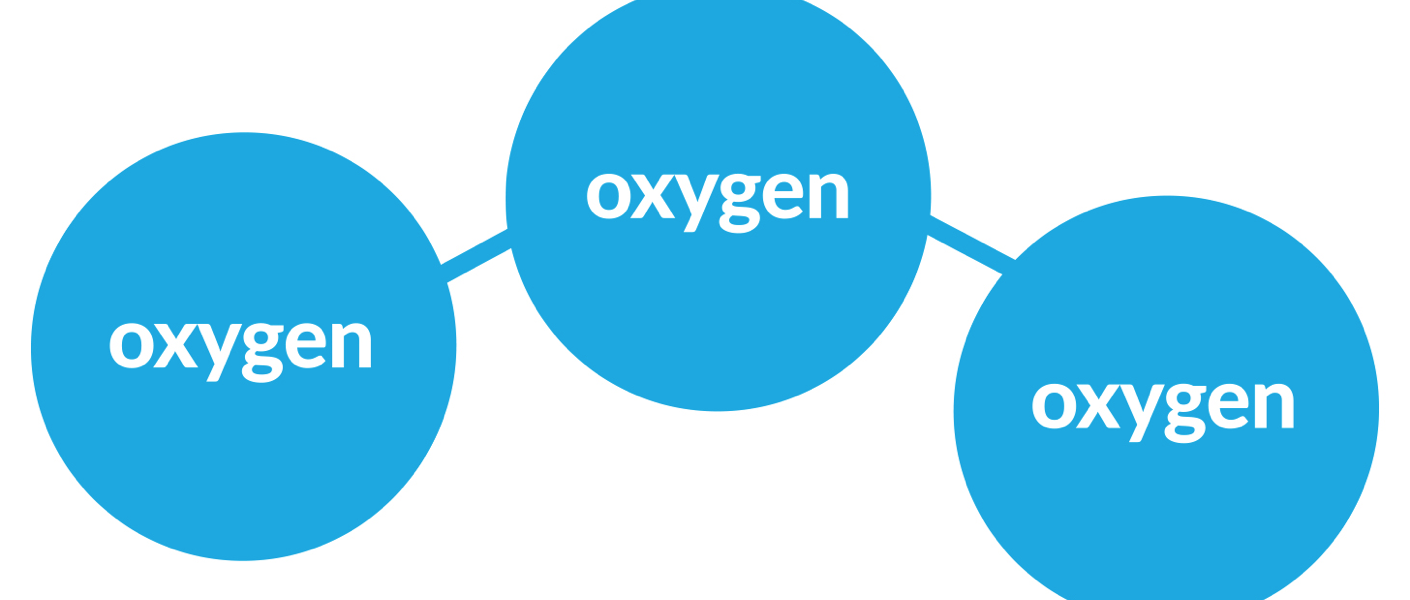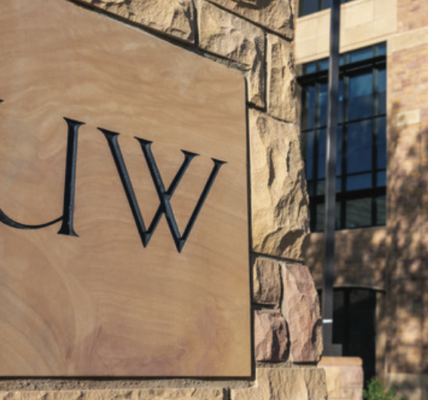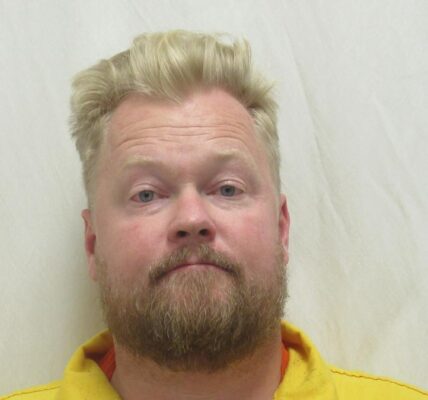By Angus M. Thuermer Jr., WyoFile.com
The American Lung Association gave Sublette County an F for ozone pollution, underscoring a persistent health danger believed to be caused by gas-field emissions, snow cover, little wind, winter sunshine and other factors.
The annual State of the Air report assembled data on ozone and fine particulate pollution, two of the most dangerous forms of air contamination, from across the nation. In 149 pages the association compared pollution levels to federal air quality standards to come up with grades and rankings.
The group also listed the number of persons that could be affected by tainted, or clean, air in any city or county. The 2021 report covers the years 2017-2019.
The news about Sublette County, home to the Jonah and Pinedale Anticline gas fields, was anticipated by some. Sublette and portions of Lincoln and Sweetwater counties remain part of the Upper Green River Basin ozone nonattainment area under U.S. Environmental Protection Agency regulations.
Sublette County is the only rural one in the U.S. to receive the failing grade, Citizens United for Responsible Energy Development said. That’s not a surprise to the Sublette group.
“Unhealthy ozone levels in Sublette County have been a concern for a number of years,” member Mary Lynn Worl wrote in an email.
The report notes an exceptional atmospheric event, said Keith Guille, spokesman for the Wyoming Department of Environmental Quality, which oversees federal clean-air laws. A “stratospheric intrusion exceptional event” pushes ozone from high elevations, where it is normal, down to where it is detected by monitors designed to warn people of unhealthy air.
“In the 2021 winter ozone season, preliminary data showed no exceedances of the 2015 ozone standard,” one of two standards the EPA applies to the area, Guille wrote in an email. “In the 2020 winter ozone season, we did see two days above the 2015 ozone standard.”
The Lung Association report also highlighted a number of Wyoming cities and counties with excellent air on both the ozone and particulate-matter scales. The report ranks Cheyenne as the third-cleanest city for year-round particulate pollution nationwide, behind the Hawaii communities of Honolulu and Kahului-Wailuku-Lahaina.
The Lung Association this year expanded its list of vulnerable groups to 10 types of persons who are most affected by air pollution. Those include youngsters, the elderly, people who have smoked and those with asthma or chronic obstructive pulmonary disorder.
In Sublette County, population 9,831 according to the report, the two largest at-risk groups are people who have smoked and youths under 18. The report lists 3,332 in the first group and 2,169 youths.
Another vulnerable group — the elderly, account for 2,017 Sublette County residents, the report states.
The effect of ozone on residents bothers CURED members. “What have been the acute and chronic health impacts of these unhealthy ozone levels?” Worl asked in her email. “Especially when one considers the developing lungs of babies and children. Unfortunately, we will probably never know.”
“The [federal air quality] standards alert the public when pollution levels place Americans’ health at risk, and require Tribes, states and local governments to take steps to reduce emissions to attain the standards,” the report states. Wyoming says it’s on its way to a clean bill from the EPA, which oversees compliance with the 50-year-old Clean Air Act.
“Monitored ozone in the UGRB was in attainment for the 2008 Ozone [National Ambient Air Quality Standards] by the attainment date of July 2015,” its webpage states. Wyoming DEQ “is assessing a pathway for submitting a request to the EPA to redesignate the UGRB back to attainment for the 2008 Ozone NAAQS.”
“DEQ continues to collaborate and work with local governments, industry, and the public to address this issue and keep the ozone levels under the national standard,” DEQ spokesman Guille wrote in an email.
Climate change and the COVID-19 pandemic underscore the benefits of clean air and healthy lungs, the American Lung Association said in its report.
“The three years covered by ‘State of the Air’ 2021 ranked among the six hottest years on record globally,” the report reads. “High ozone days and spikes in particle pollution, related to extreme heat and wildfires, are putting millions more people at risk.
“New research shows that exposure to elevated levels of air pollution is linked to worse health outcomes from COVID-19,” the report states, “including higher death rates.”
Sunlight reacting with airborne chemicals from vehicles, gas-fields and other emission sources creates ozone, which can accumulate near the ground on calm days, depending on topography. Usually a summer phenomenon of cities, a combination of factors in the Upper Green River Basin, including snow cover and temperature inversions, can create accumulations in the winter.
In 2019 the DEQ cited Ultra Resources Inc. alleging seven violations of air-quality regulations in the Upper Green River Basin. The citations followed a winter season during which ozone in the area violated federal health standards 10 times.
Inspectors that year documented 115 instances where Ultra ran afoul of permitting requirements in the area. Inspectors found “compliance issues” at seven Ultra sites and at 18 oil and gas sites operated by other companies.
DEQ Director Todd Parfitt told lawmakers that year that compliance rates for oil and gas operators there was “less than 70%.”
Critics of the Sublette pollution have likened air quality there on bad days to that in Los Angeles. But under the American Lung Association’s weighted scale, which accounts for the number of days that pollution lingers, Los Angeles is 16 times more polluted.
Wyoming has lots of places with air that’s exemplary compared to the rest of the country. In addition to Cheyenne’s third place among cities for year-round particulate pollution, the Lung Association places Casper fifth.
Five Wyoming counties are among the 25 cleanest for year-round particle pollution. The report lists Campbell County fourth nationwide, Park County 13th, Laramie County 19th, Albany County 20th and Teton County 20th.
The association ranked four Wyoming counties among the cleanest roughly 200 counties for ozone pollution: Big Horn, Converse, Natrona and Teton.







